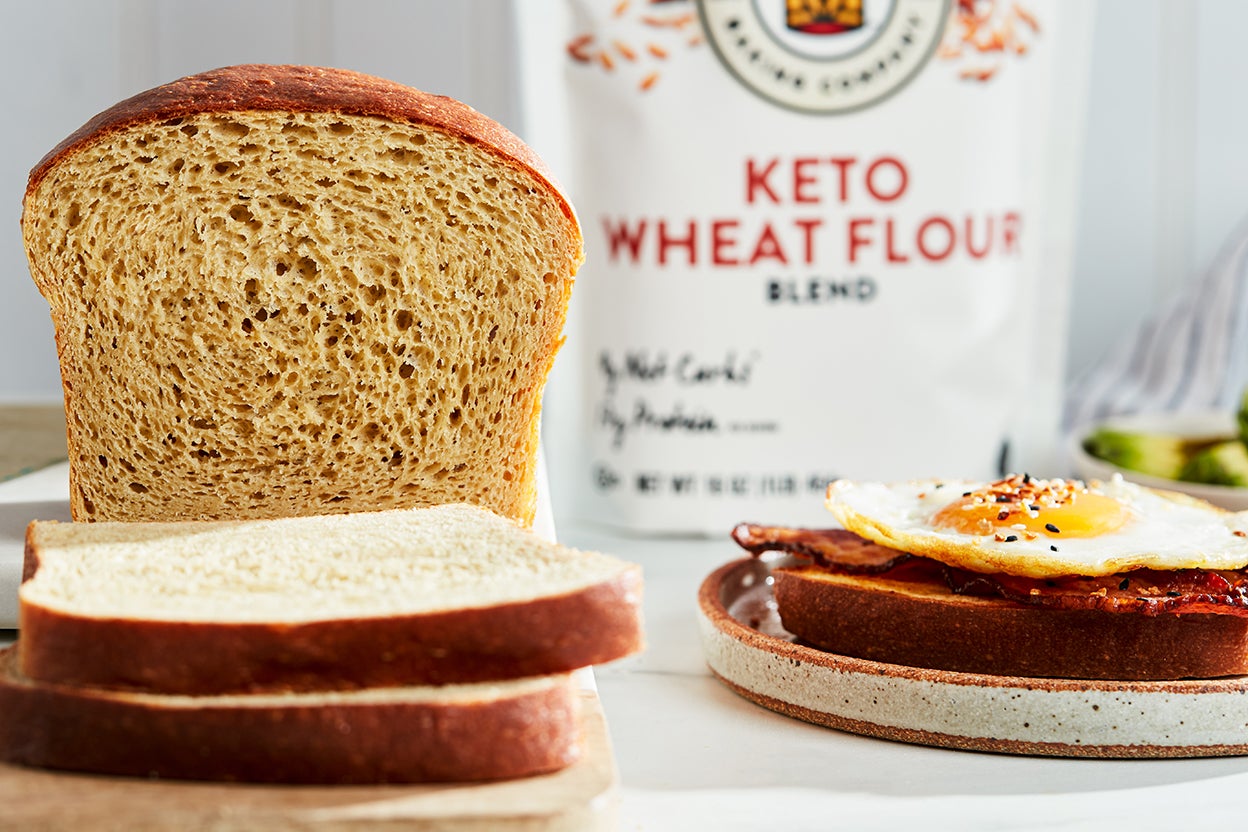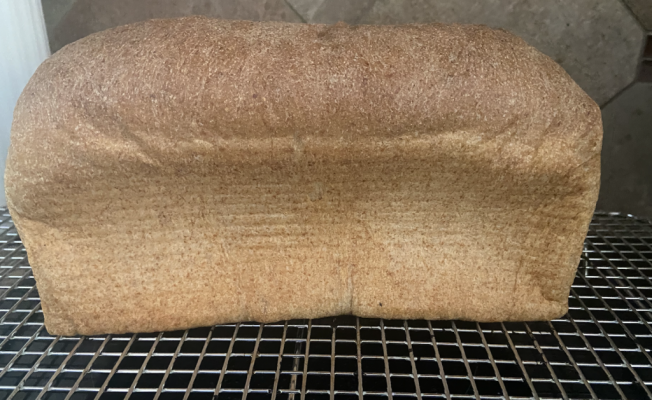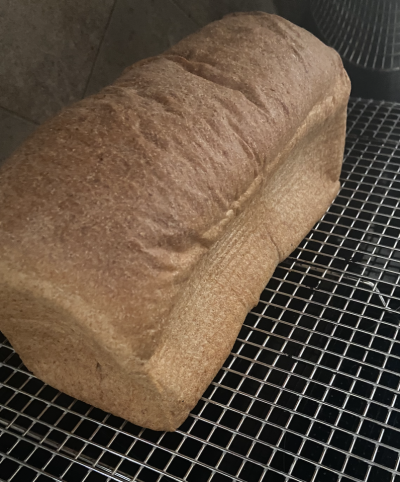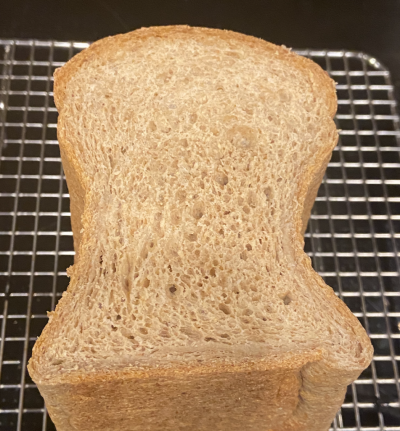larry_stewart
Master Chef
I made a loaf of bread today. Whole wheat/ low carb. All was going well. I took it out of the oven, after the required baking time. Let it cool in the pan for 10 minutes ( as instructed). Then I removed it from the loaf pan to allow it to finish cooling on the wire rack. I noticed all 4 sides imploding ( close to a centimeter in depth). The top and bottom looks normal, just the sides ( both the long sides and the end sides). I haven't cut it open yet, needs to have cooled a bit more. Honestly, I don't care that it is slightly deformed, just curious why. I can make a few educated guesses, but curious what all you people who bake a lot more than I do think. Ill post pics when I can.





 , try making a cap of foil for the top. Very loose, just sitting on top with a slight dome shape.
, try making a cap of foil for the top. Very loose, just sitting on top with a slight dome shape.